|
75. Coenonympha hero (Linnaeus, 1761) / Scarce heath / Nymphalidae – Satyrinae
NL: zilverstreephooibeestje / D: Wald-Wiesenvögelchen / F: mélibée, le fadet de l’élyme
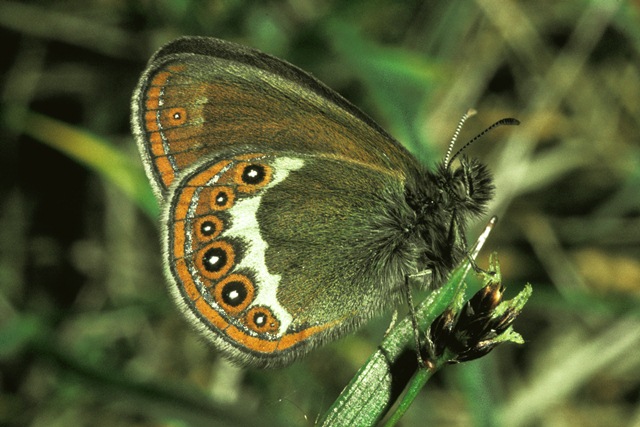 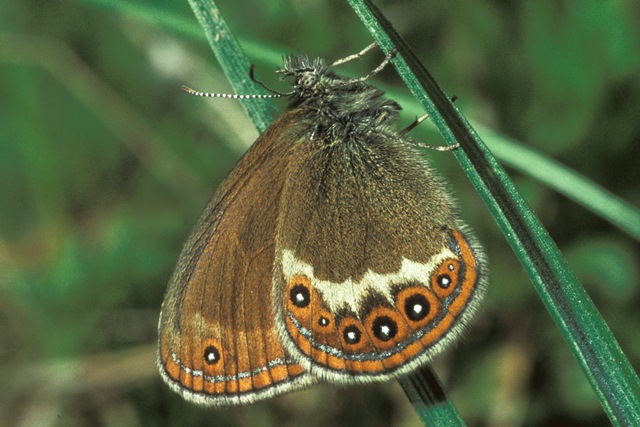 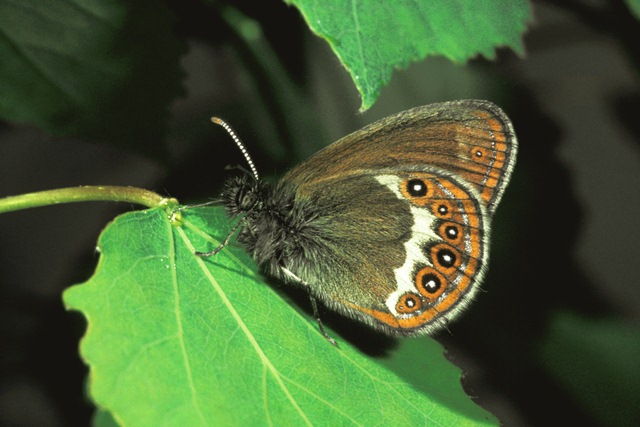 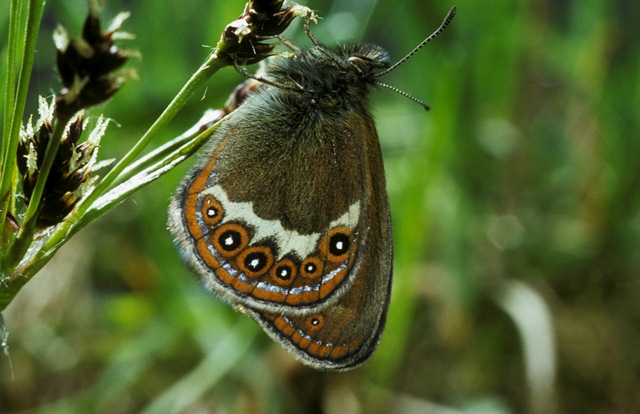
Photographs: Frits Bink ©.
Small, wing length 17 (16-18) mm. previously recorded from all countries in the Benelux, though scarce and local. The last record dates from 1992 from south Wallonia. It inhabited tall grass vegetation in moist places in open forest or forest borders.
Butterfly is on the wing from mid-May until end-June and peaks early-June. The species is known from continental climate, amplitude 9 to 18, required heat sum 600°d and maximum tolerated 1200°d, corresponding climate windows 21 and 26 weeks.
It has disappeared from most of its localities throughout Europe and proved to be very vulnerable. It is restricted to woody landscapes in a continental climate with snow cover in wintertime. In comparison with other Coenonympha species the larvae grow slowly, the butterflies produce only a small number of eggs and the young larvae and adults are vulnerable to drought and heat. Though the ecological characteristics show clearly that it is a fragile species; nevertheless, it occurs from the middle of Sweden and East-France, eastwards to Japan.
Ecological characteristics
Behaviour over time
Overwintering: half grown larva in third or fourth instar, 8-10 mm in length, hidden in a tussock of the host-plant.
Reproduction: oviposition starts after 4-5 days when the body contains 23 (20-26), estimated potential 2.4 times as much. Female produces 10-15 eggs per day.
Larval feeding periods: in summer 88 (77-100) days from end-June until mid-October, in next spring 54 (47-60) days from early-April until early-June.
Generations: one.
Spreading of risk: not observed.
Life cycle: egg 14 (11-16) days; larva 44-47 weeks; pupa 17 (14-22) days.
Life span of adult: short, 2 weeks.
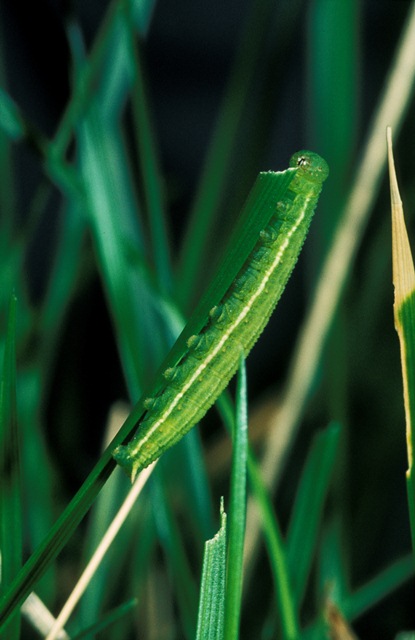 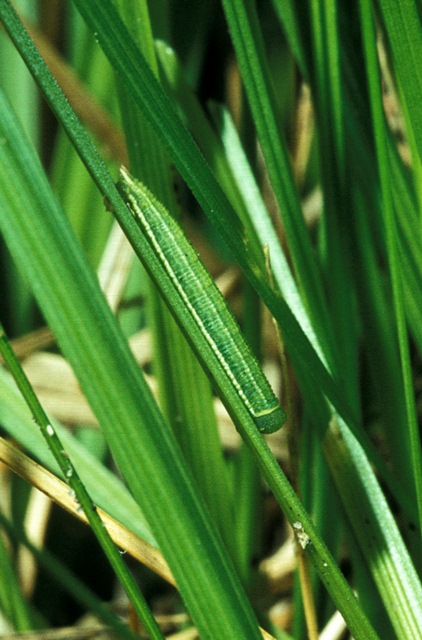
Photographs: Frits Bink ©.
Behaviour in space
From stay-at-home to migrant: stay-at-home, spatial requirement modest.
Finding a mate: male patrols.
Orientation in the landscape: in gradient of wood or shrub towards tall grassland.
Oviposition: in a selected place on the host-plant.
Defence
Threats from other organisms: defence by larval camouflage.
Threats from the environment: very vulnerable to drought and heat.
Feeding habits
Adult: nectar and honeydew but little feeding activity.
Larva: in late summer it likes to bask.
Larval foodplants
Plant species accepted in rearing experiment: Poaceae, Deschampsia cespitosa.
Journal
Rearing experiment based on specimen from Stockamöllan, Skåne, Sweden:
26 June 1984: one female collected.
29/30 June: 23 eggs laid.
9/12 July: eggs hatched.
26 July: larvae in moult L1-2.
2 August: larvae end second instar and were distributed over the whole Deschampsia cespitosa plant.
9 August: larvae 7 mm in length, preferred the sunny part of the plant.
13 August: larvae in third instar.
10 September: larvae third instar, 10-12 mm in length.
27 September: little feeding activity observed.
8 October: larvae hidden away deep in the tussock, appeared to be in diapause.
31 October: 14 larvae, 3 in L4, 11 in L3.
23 November: larvae had shrunk a lot, were smaller than those of C. arcania (cf.).
Overwintered outdoors.
8 March 1985: more than five larvae were feeding.
11 March: all larvae active, 12 mm in length.
25 March: a fresh moulted larva observed.
17 April: all larvae in L5.
24 April: seven pupae and six larvae.
13 May: first adult appeared, male.
14/15 May: six males hatched.
17/18 May: two females hatched.
19 May: butterflies became lethargic as soon as temperature reached 30°C.
26 May: 10 eggs had been laid.
2 June: one female died. Eggs laid: 36 and 48 per female, average 42, potential 1.3 times as much.
Eggs did not hatch, shrunk a lot, sensitive to drought.
Table 75-1. Results of dissections

Table 75-2. Collection and observation localities
B, Luxembourg, Ethe, Laclaireau, 240 m, 49° 36’ 25”N – 5° 35’ 50”E; 29 May 1966 (c. 30 adults present), by 23 May 1985 the population had disappeared due to the planting of poplar trees in its habitat.
S, Stockamöllan, Skåne, 55° 56’ 36”N – 13° 23’ 55”E; 26 June 1984.
Fig. 75-1. Coenonympha hero, phenogram adapted from Ebert & Rennwald 1991: 103.
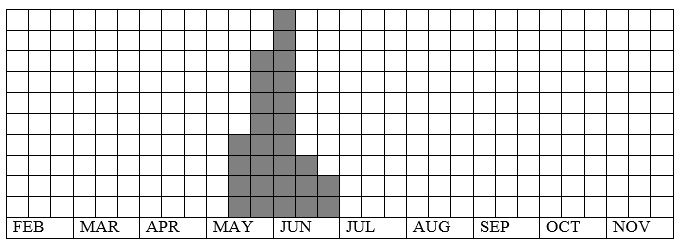
Fig. 75-2. Coenonympha hero, habitat characteristics.
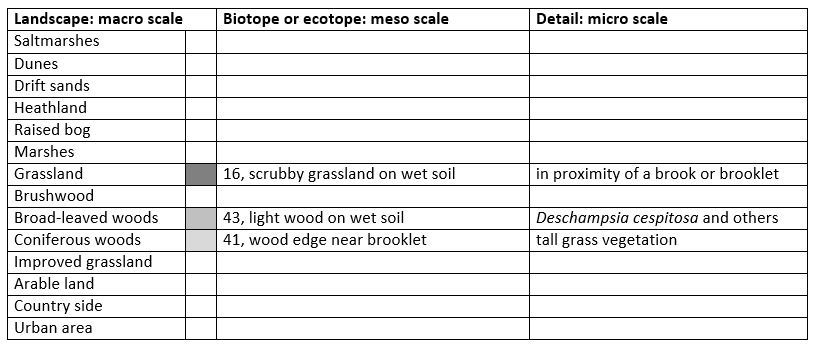
Fig. 75-3. Coenonympha hero climate matrix, heat-sums 600 - 1200°d.

|











